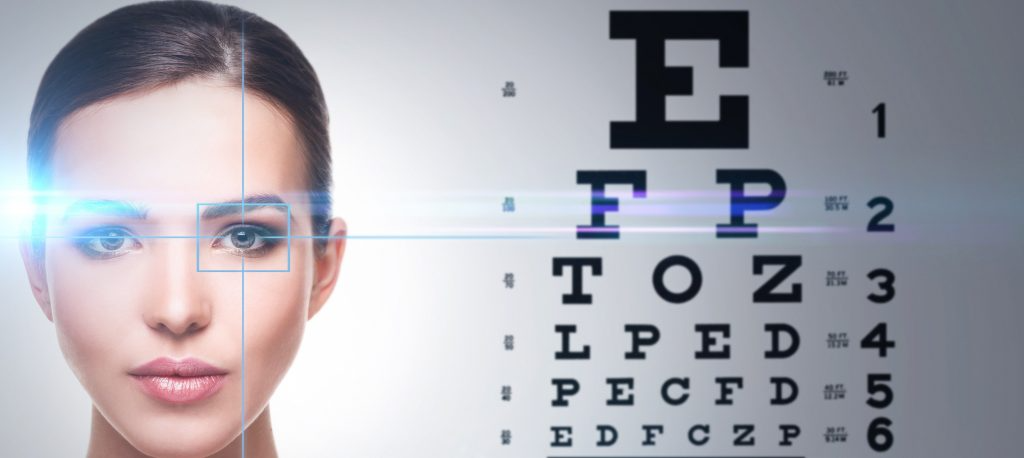There are three main ways to correct refractive error (blurring of the eyes requiring glasses or contacts to see well): laser vision correction (LASIK and PRK), the Vista Vision ICL, and refractive lensectomy (cataract surgery with an intraocular lens, or IOL). All three types of surgery take between three and eight minutes per eye, with both eyes typically receiving surgical correction in the same day. Unfortunately, many surgeons offer laser vision correction as their only vision correction alternative because of lack of experience
or familiarity with the other procedures, which may in fact be better suited to the patient.
The versatility of LASIK is why it is performed so much.
LASIK is the most common surgery performed and can treat nearsightedness, farsightedness, and astigmatism. LASIK (the so-called flap/zap procedure) involves creating a protective flap in the cornea (clear window in the front of the eye) and then gently sculpting the underlying cornea with an excimer laser (cool ultraviolet light laser that removes tissue without scarring). With LASIK, vision returns within a few hours with minimal discomfort. Chart summarizing the appropriate vision correction procedure for a patient based on age and type of vision problem.
PRK (photorefractive keratectomy), also known as flapless LASIK, LASEK, or Epi-LASIK, involves removing the surface cells (epithelium) of the eye and then using the excimer laser to gently sculpt the front surface of the cornea to treat the same conditions as LASIK. Because the surface cells are removed and take time to heal in PRK, vision is blurry for the first week or two and continues to improve over the first three months after the procedure. Patients may experience burning, stinging, or discomfort in the first few days after PRK. Typically, patients prefer to have LASIK, and only have PRK when recommended by the surgeon because of thin corneas, irregular corneal shape, or severe dry eyes. Costs range from $1500 to $3000 per eye for laser vision correction.
Vista Vision ICL is a strong method for nearsightedness.
The Vista Vision ICL procedure is an alternative to laser vision correction for nearsightedness, where an implant is placed in the eye in front of the natural lens through a tiny opening in the outside of the cornea. Surgery is performed on both eyes on the same day. Vision returns immediately, but may remain blurry for the first few days. Discomfort is minimal. The ICL treats nearsightedness at ranges equivalent to LASIK as well as for patients who have a prescription too high for LASIK.
Refractive lensectomy involves removing the natural lens and replacing it with an IOL to treat nearsightedness, farsightedness, and/or astigmatism. Surgery takes approximately five minutes per eye and visual improvement is achieved in hours to days with minimal discomfort. In addition to treating refractive error, there are IOLs available which allow reading vision at the same time (presbyopic IOLs). There are two types of presbyopic IOLs— accommodative (near-enhanced) and multi-focal.
IOLs can be great for intermediate and reading vision.
With respect to near-enhancing (accommodative) IOLs, there are multiple types available in the United States. However, the only lens that currently has FDA labeling for accommodation is the Crystalens, which gives excellent distance vision and also has hinges, which allow the lens to flex through contraction of the ciliary muscle in the eye to give better intermediate and reading vision.
If you’re interested in finding out about your laser eye surgery options, Dougherty Laser Vision is an excellent choice. Dr. Dougherty has performed tens of thousands of surgeries and has helped to develop some of the most advanced techniques used in the field today. Contact us for a free consultation today at one of our offices located in Camarillo, Westlake Village, or Beverly Hills. Dr. Dougherty will tell you with 100% certainty if your eyes are ready for LASIK. Want to know if you’re eligible for laser eye surgery? Take our LASIK self test to learn more.



